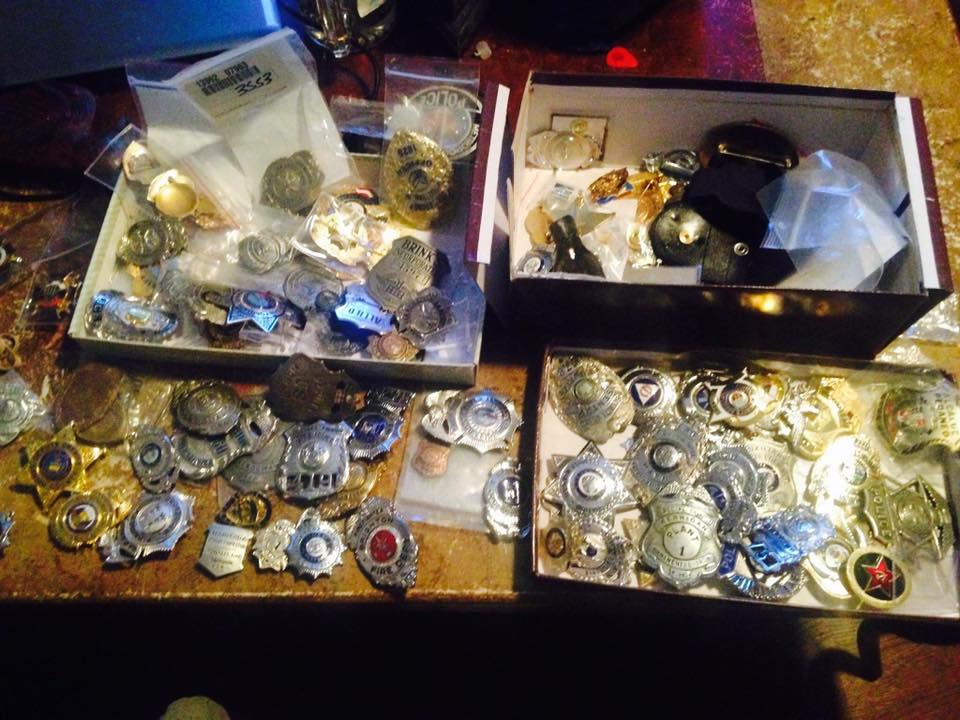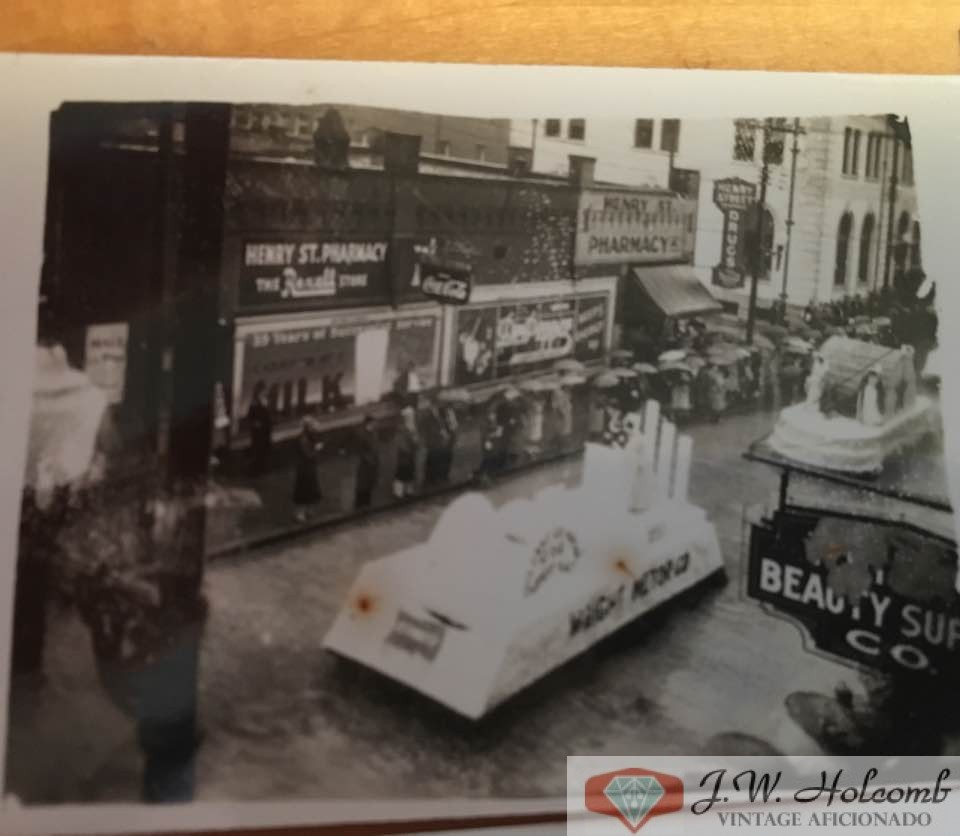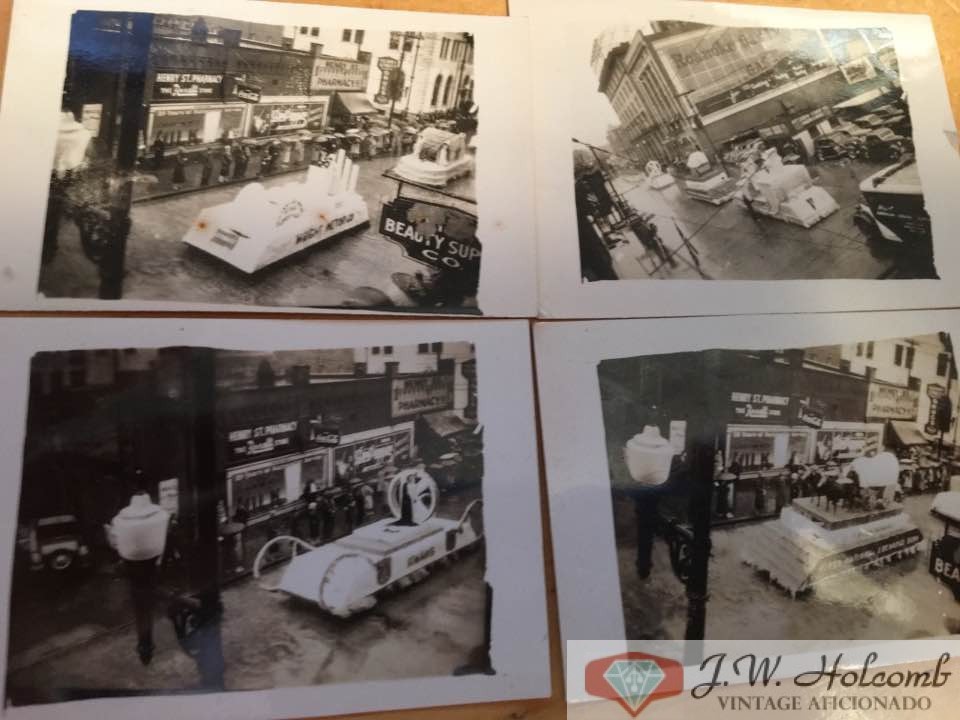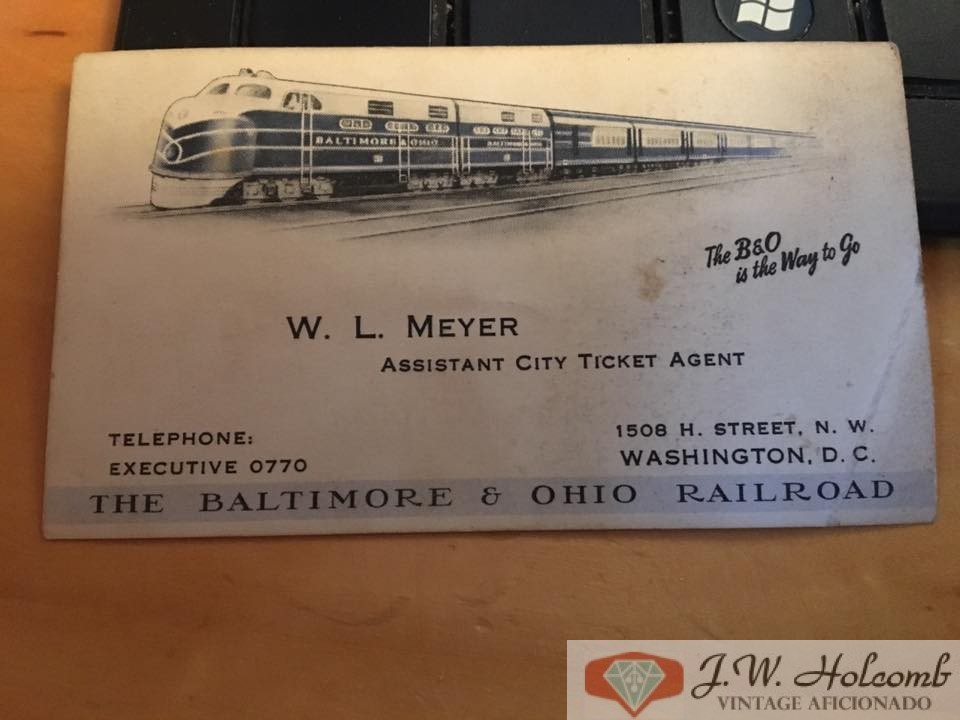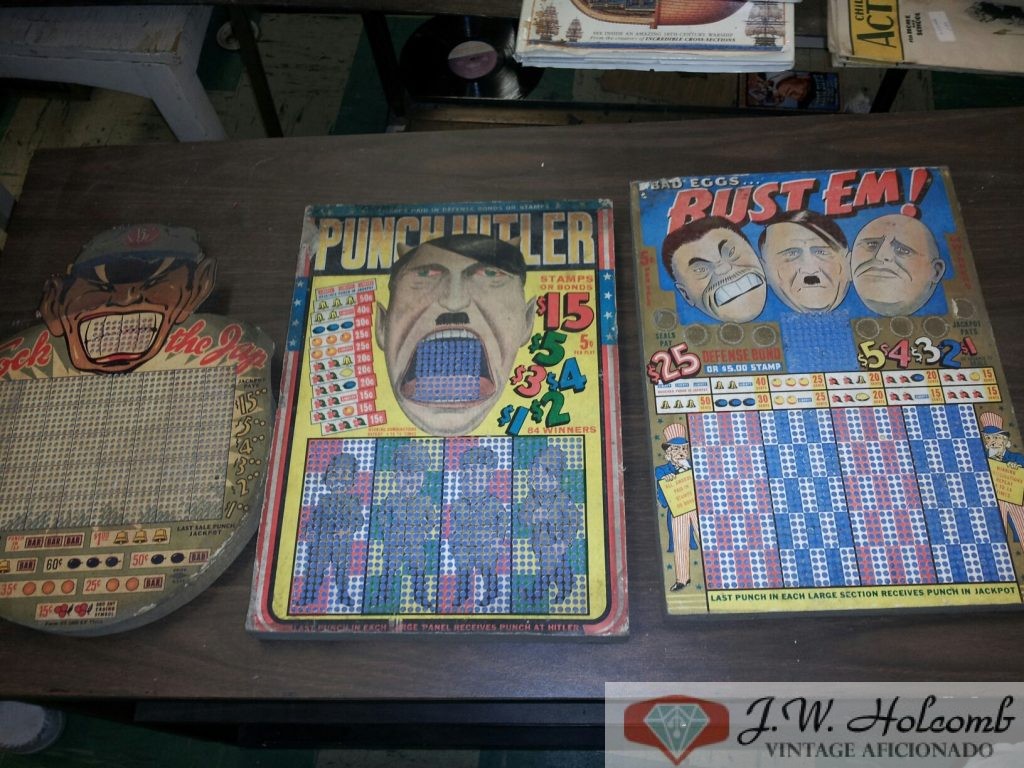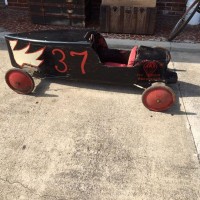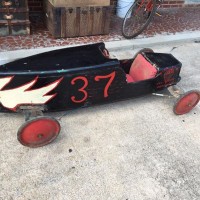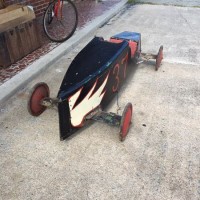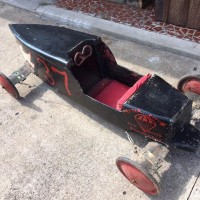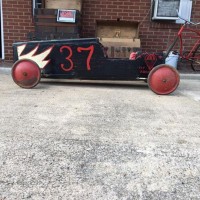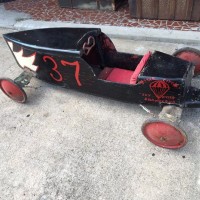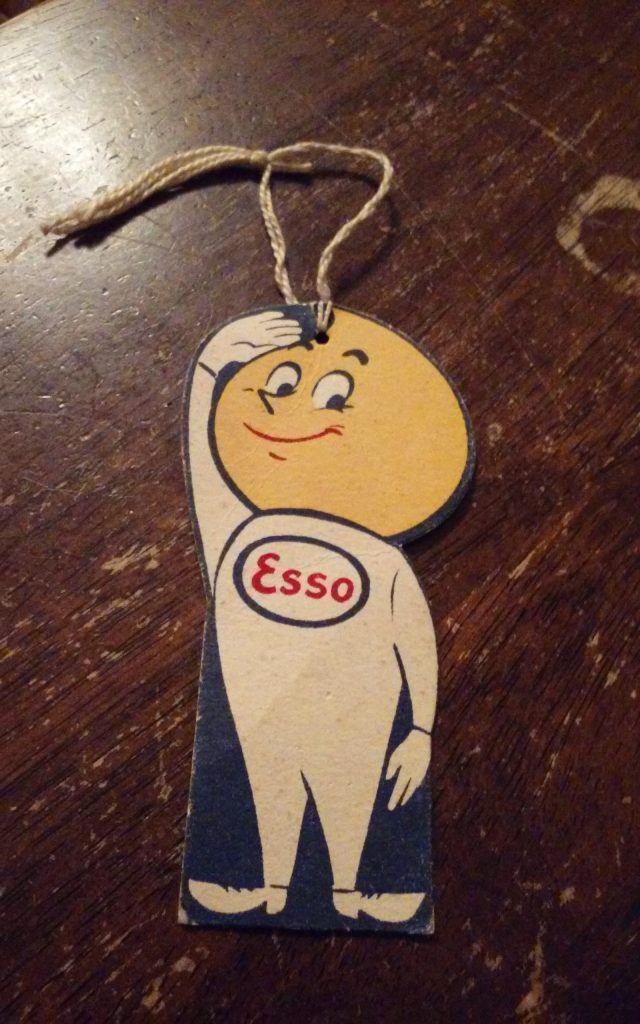
Category Archives: Photos
Vintage Henry Street Parade Roanoke VA Photos
Historical Photos Of Henry Street In Roanoke VA (Parade)
Here is a set of some of the photos J.w. Holcomb has recently found (rescued) from a dilapidated home in NW Roanoke VA. These pictures show a rare view from above the Henry Street Parade in Roanoke VA.
Henry Street Historic District is a national historic district located at Roanoke, Virginia. It encompasses four contributing buildings constructed between 1917 and 1951. They were developed as the central business and entertainment district for the African-American neighborhood of Gainsboro in Northwest Roanoke. They are the Hotel Dumas (1917), The Strand Theatre (1923), Dr. Lylburn Downing office (c. 1945), and a commercial building (1951). It was listed on the National Register of Historic Places in 2004.The buildings are also included in the Gainsboro Historic District. (Wikipedia)
Here is a snippet from TheRoanoker (TheRoanoker.com) magazine talking about Henry Street.
At its heart was Henry Street, known as “The Yard;” home to the Morocco (later called The Ebony Club), the 308, and the Dumas Hotel—all entertainment hot spots for folks living on “the other side of the tracks.”
From “Henry Street,” a 1980s Mill Mountain musical production:
“Henry Street…buzzed like a busy hive of bees; it blazed like a billion hearts on fire; it rocked as though eternity waited just around the corner. To Henry Street came plain folks, fancy folks, and all those in-between folks, in every conceivable shade of ebony, tan and ivory. Henry Street was their meeting ground, their courting ground, their stomping ground, their Harlem, their Beale Street, their Catfish Row…On Henry Street there was no shortage of soul food, soul talk or soul folks.”
Vintage B&O Railroad illustrated business card
WW2 Gambling Punch Boards / Trade Stimulators
Gambling Punch Boards
Punchboards were originally used in the 18th century for gambling purposes. A local tavern owner would construct a game board out of wood, drill small holes in it, and fill each hole with a small paper ticket or game piece. The holes were then typically covered with paper or foil. After a patron bought a chance at the punchboard, he would puncture one of the hole’s paper or foil covers with a nail and retrieve the ticket/game piece. If the game piece contained a winning number, the patron won the prize.
In the nineteenth century, board operators eventually drilled into their own holes (they knew where the big money was, because they made the board). The punchboard’s use started to decline.
In the late 1800s, a new type of punchboard was introduced. This one involved putting paper in both the front and back of the hole (to help prevent operators from cheating). These new punchboards became popular purchases at drugstores, and they were sold with a metal stylus. The punchboard soon became increasingly similar to today’s lottery tickets.
Soon, the punchboard became cheap and easy to assemble, and the industry flourished. Noted gambling author John Scarne estimates that 30 million punchboards were sold in the years between 1910 and 1915. He also estimates that 50 million punchboards were sold in 1939 alone, during the peak of their popularity.
Three of the more interesting “Vintage Gambling Punch Boards” we have found over the years. These 3 feature WW2 themes which 1 now considered insensitive or non PC (Sock The Jap) – One called “Sock The Jap” featuring an exaggerated Japanese Soldier Illustration, The Punch Hitler version showing Hitler with horns and red devilish eyes along with 4 soldiers, And another with Hitler and those 2 other communist leaders illustrated with Uncle SAM standing in. These types of ww2 punch boards are very rare and hard to find. The ones we found were not used “Punched” and had the original punch tool attached. Along with this trio we found over 150 other boards featuring pin-ups, cowboys, indians, cars, toys, and more. We foud all of them in a long-time hoarder/antique dealers estate.
Protected: New RARE Unseen Photo Of Abraham Lincoln Discovered By Virginia Man
Vintage Round Glass Front 7 Up Thermometer
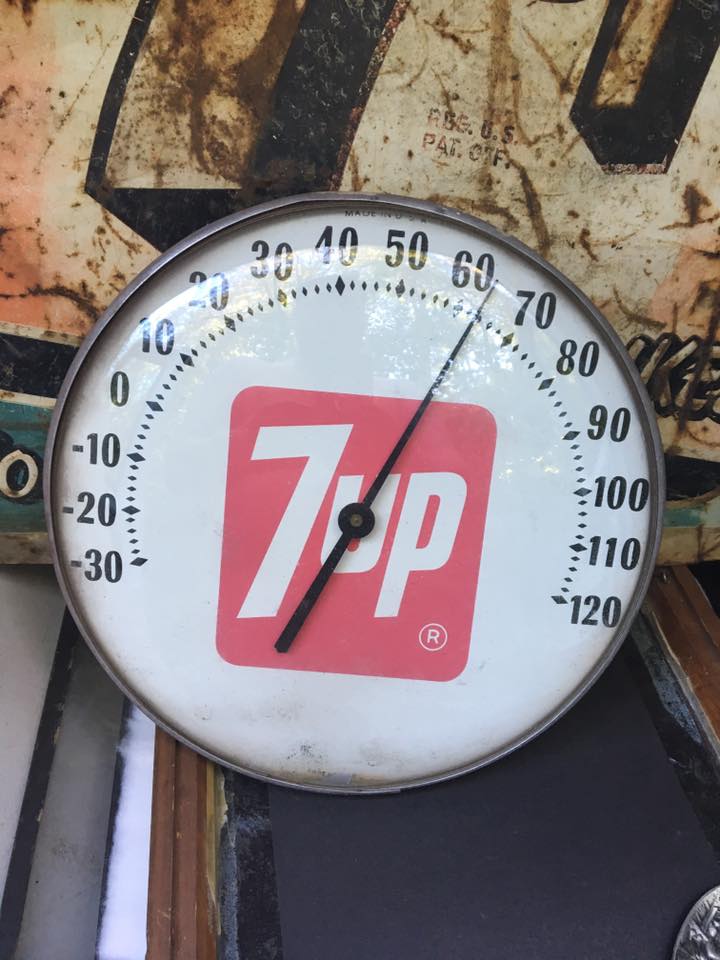
Political Campaign Buttons Pin Back Collection
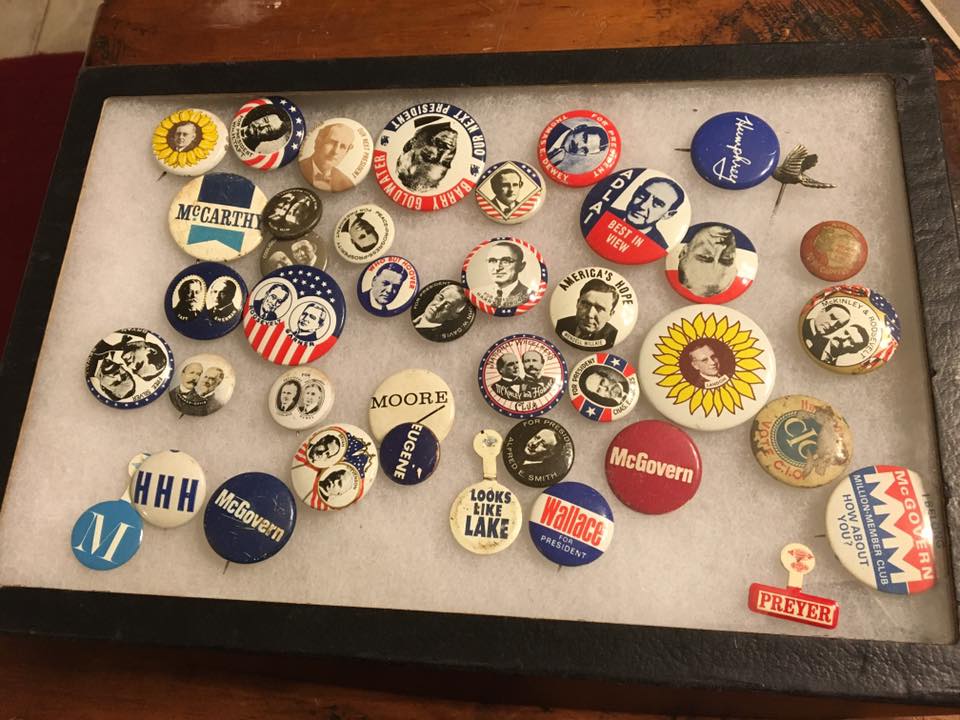
Vintage 7 Up Ebossed Metal Sign
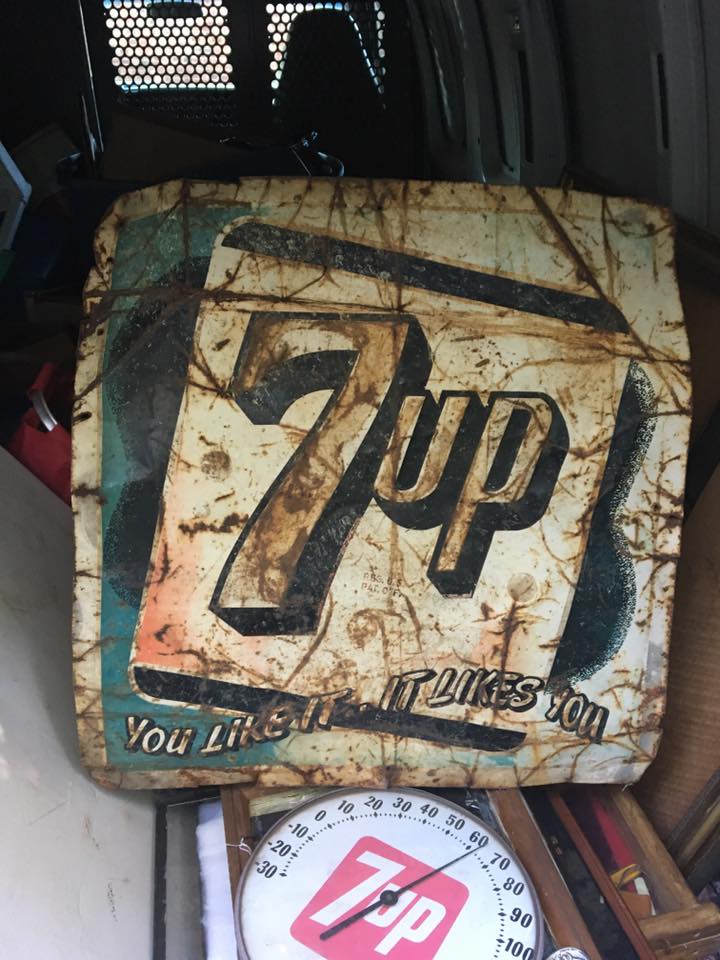
Large Vintage Badge Collection Great Find
